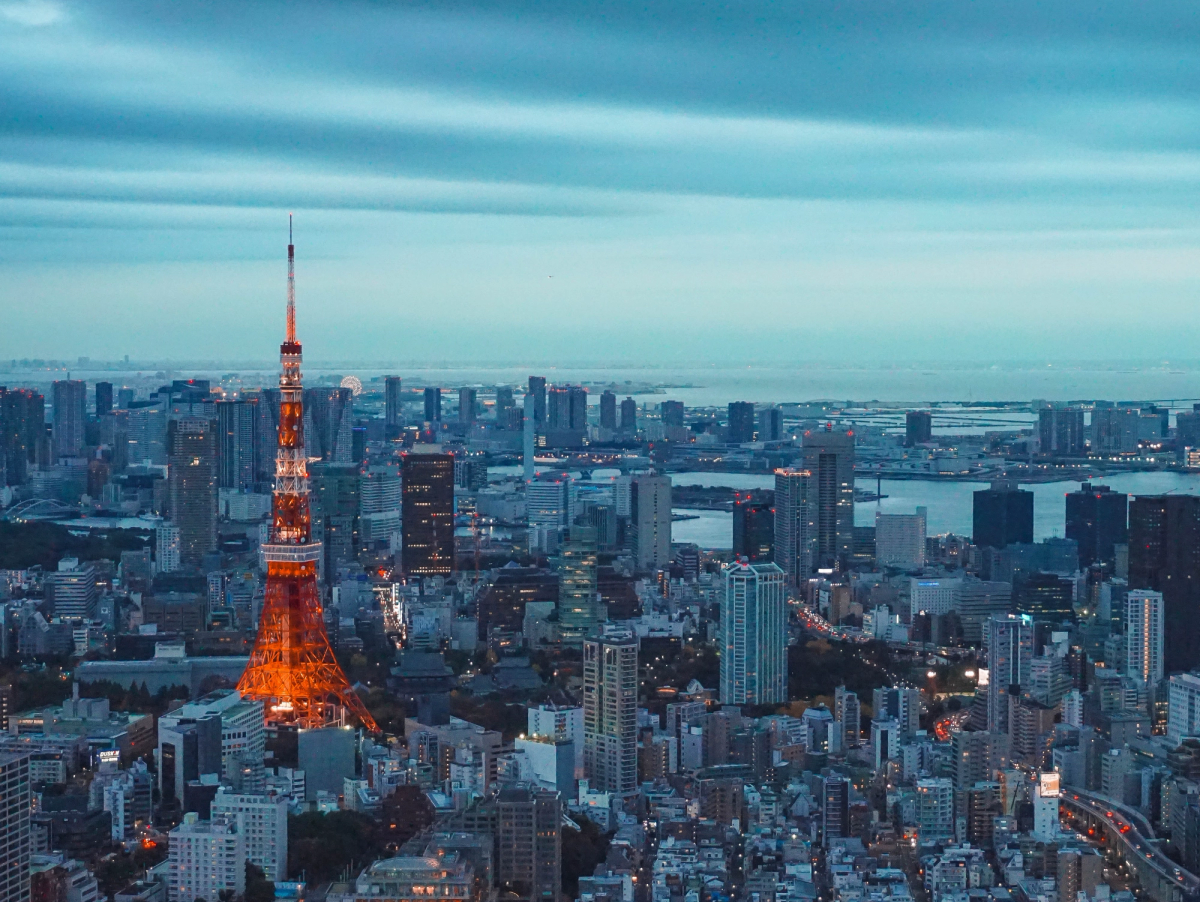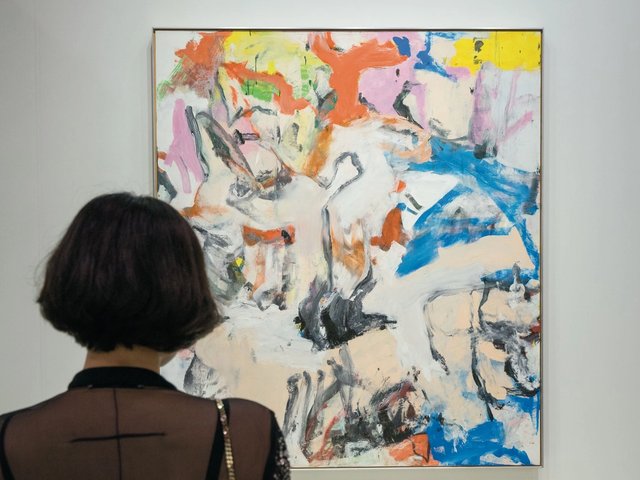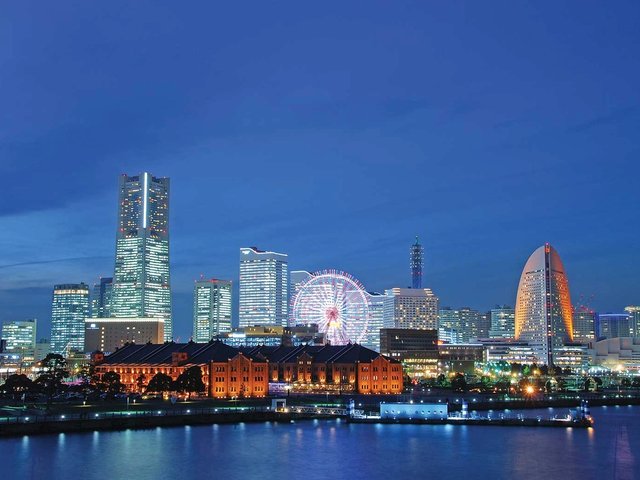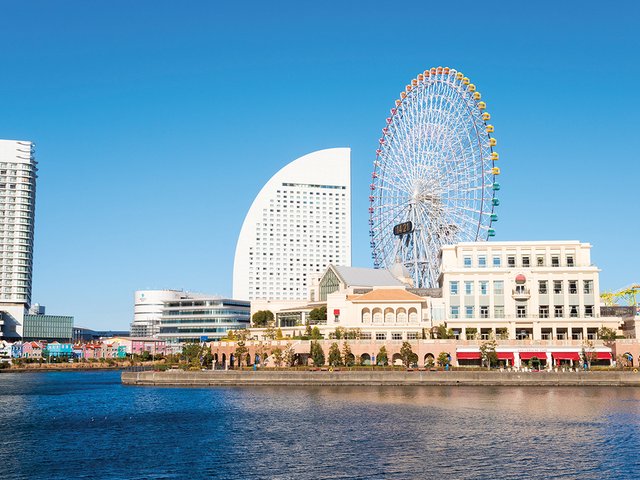Adding to the burgeoning crop of events in the Asia Pacific region, a new fair is set to launch in Tokyo in July 2023.
It is the brainchild of Sandy Angus, Tim Etchells and Magnus Renfrew, whose network of fairs now includes Taipei Dangdai, the India Art Fair, Sydney Contemporary, Photofairs Shanghai and Art SG, which is now due to launch in January having been delayed several times.
Called Tokyo Gendai (“gendai” means contemporary in Japanese), the new fair will take place from 7-9 July 2023 in the sprawling Pacifico Yokohama convention centre. Between 80 and 100 galleries are expected to take part, around 20% of whom will come from Japan. The curator and art consultant Eri Takane has been appointed the fair’s director.
Renfrew says the moment is ripe to launch a fair in Tokyo thanks to a “maturing” and “deepening” of the market, not just in Japan, but across Asia. He notes a new generation of collectors coming through “who are buying internationally and at a high level”. This reflects “a sea-change”, Renfrew adds, to the development of the Hong Kong scene more than ten years ago, when “you really had to bring everybody together to have a market that was big enough and bad enough to sustain an art fair of scale and ambition”.
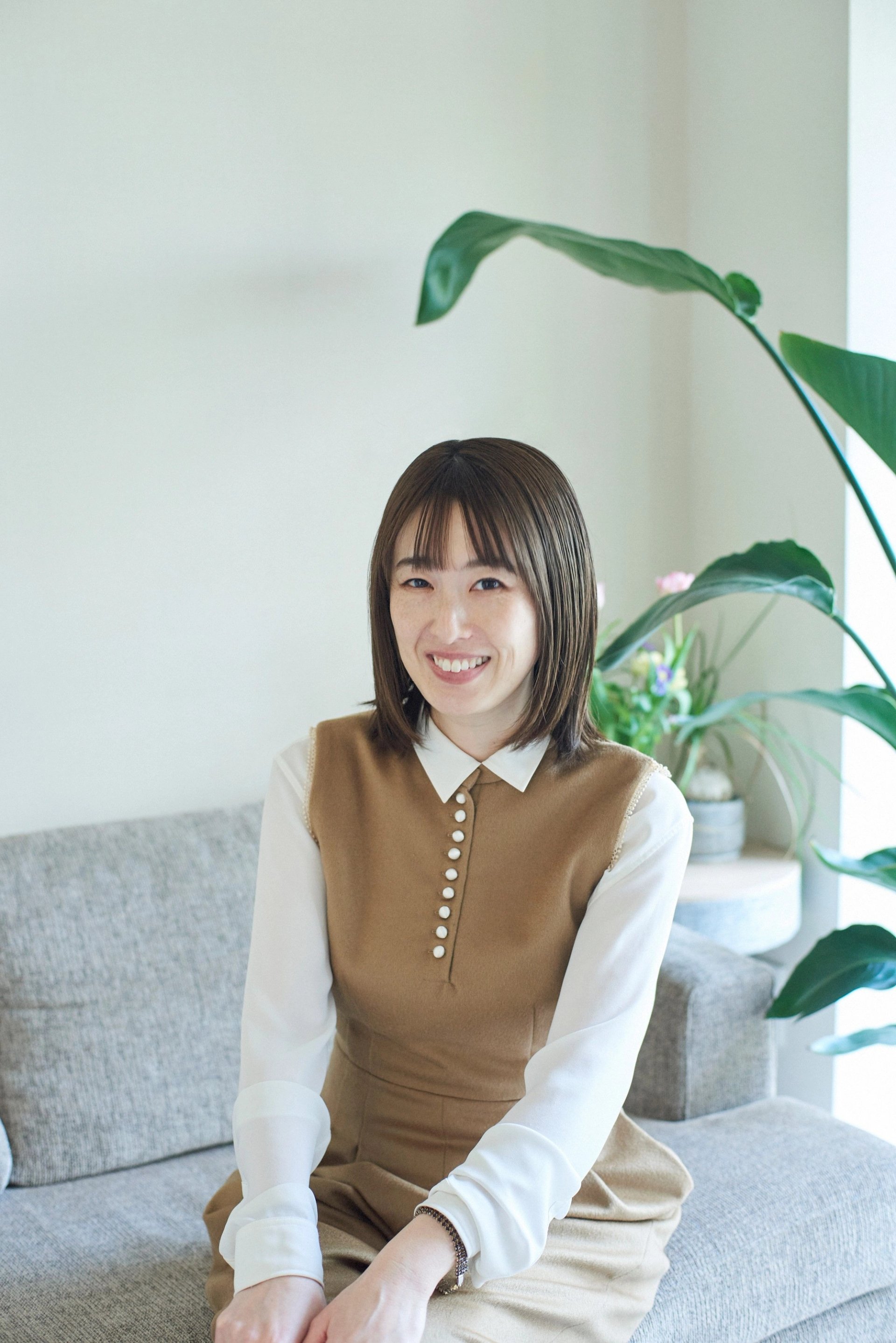
Eri Takane has been appointed fair director
Renfrew acknowledges there is “still a lot of work to be done” in terms of developing an audience for international contemporary art in Japan, but presenting such a fair can “help give people a sense of confidence that they won’t go too far wrong”.
Japan’s art market has undergone boom and bust over the past 30 years. According to trade figures, between 1987 and 1991, Japanese collectors spent more than one trillion yen, or $8.7bn, on art—though some say the actual value was triple that amount. But, as Japan’s stock market collapsed and the country entered a recession, the domestic art market underwent a long period of decline.
Over the past decade, however, Japan’s market has slowly stabilised, with sales worth an estimated $60bn every year. According to a report published by Artprice last year, Japan represents around 2% of the auction trade in Asia, a relatively small share but the eighth largest by country in the world after Italy and Switzerland.
Notably, during the pandemic, Japan’s market only dipped by 14% compared with more than 30% in countries including the US, UK and France. This is chiefly attributed to a robust domestic market which is considered more affordable and liquid.
Renfrew hopes that his network of fairs, which are now grouped together under the banner The Art Assembly, will create cross-promotion in the region, particularly with nearby Taiwan and Hong Kong, which has been stymied in recent months by increasing control from Beijing and strict Covid measures.
Nonetheless, Renfrew believes the gallery scene in Hong Kong is still buoyant, while auction houses have “doubled down with major real estate investments”. He adds: “I wouldn’t write off Hong Kong just yet.”
Among those on Tokyo Gendai’s committee is Marc Glimcher, the president and chief executive of Pace Gallery, who describes Japan as “an important part of the international cultural scene”. He adds: “Now it’s time for the country to take its place again as one of the most prominent collecting communities in the world, and establishing Tokyo Gendai as a landmark fair is the next step.”
Fellow committee member Tim Blum, the co-founder Blum & Poe gallery who opened a space in Tokyo in 2012, says: “With the slow but steady ascent of the Japanese collecting class in tandem with the vast global reach of the arts of Japan, it feels like the right time to execute a global contemporary art fair of the highest calibre.”
The fair’s advisory group, meanwhile, comprises collectors from Japan, the wider region and beyond including Yoshiko Mori, the chair of the Mori Art Museum; Miwa Taguchi, the co-founder of the Taguchi Art Collection; the collector Ryutaro Takahashi; Takeo Obayashi, the chairman of the Obayashi Corporation; and the Dallas collectors Howard and Cindy Rachofsky.


